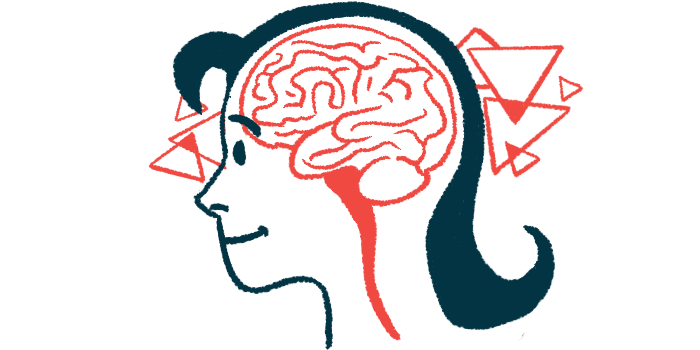Brain Volume Loss Found in Patients With NMOSD in Study
Rates of volume loss differ between NMOSD and similar disorders

People with neuromyelitis optica spectrum disorder (NMOSD) and related neurological conditions show reduced brain volume compared with individuals without such diseases, a new study highlights.
The results indicate that rates of volume loss in the thalamus — a brain region that helps to relay motor and sensory signals — differ between NMOSD and other similar disorders. Overall, brain volume loss can lead to problems with cognition, memory and performing everyday tasks.
“Our findings may shed light on the distinct pathogenic [disease-causing] mechanisms underlying the various neuroinflammatory CNS [central nervous system] diseases,” the researchers wrote.
The study, “Volumetric Brain Changes in MOGAD: A Cross-Sectional and Longitudinal Comparative Analysis,” was published in Multiple Sclerosis and Related Disorders. The work was funded by the Sumaira Foundation, a U.S.-based nonprofit that supports research into NMOSD and related disorders.
Investigating brain volume losses in similar diseases
NMOSD is an autoimmune disorder driven in most cases by antibodies that target the protein AQP4 in nervous system cells.
Myelin oligodendrocyte glycoprotein antibody disease (MOGAD) is a related disorder that, like NMOSD, is characterized by inflammation that damages myelin — the fatty sheath around nerve fibers that helps them send electrical signals. MOGAD is driven by antibodies targeting the protein MOG.
MOGAD has many similarities with NMOSD, but it has become recognized as its own distinct clinical entity. Detailing differences in how the two disorders usually manifest is an area of active research.
Here, researchers used imaging data to compare the brain volumes of 24 people with MOGAD and 47 people with NMOSD who were positive for anti-AQP4 autoantibodies. The study also included 40 people with multiple sclerosis (MS) — another inflammatory disease that causes myelin loss — and 37 individuals without any neurological disease, who served as controls.
“While the rate of brain atrophy [shrinkage] in MS and NMOSD has been previously studied, the current study is, to the best of our knowledge, the first to analyze the rate and pattern of brain tissue loss over time in MOGAD,” the scientists wrote.
Compared with the other three groups, the NMOSD patients were older on average. In that group, the most represented race/ethnicity was African American, while the majority of patients in the other groups were white individuals.
Median disease duration at the time of a first MRI was significantly lower in MOGAD patients as compared with those in the MS and NMOSD groups.
Also, the average volume of the whole brain was significantly lower for patients with NMOSD, MOGAD, or MS compared with controls.
All three disease groups showed significant reductions in brain grey matter in the parietal lobe relative to controls. The parietal lobe is a region of the brain that’s involved in processing sensory input. Grey matter is the portion of brain tissue that contains the bodies of nerve cells. It differs from white matter, which contains the long, wire-like projections that nerves use to connect with each other.
In the cortical (outermost) and occipital (back) regions of the brain, total grey matter volume was significantly reduced in MOGAD patients compared with controls. However, patients with MS or NMOSD showed no significant difference in whole-brain grey matter volume relative to controls.
The volume of the thalamus was significantly reduced in MOGAD and MS patients compared with controls, and thalamus volume was significantly lower in MOGAD in comparison to NMOSD.
“Relative to [controls], the lowest volumes were seen in MOGAD, MS and NMOSD in the areas of sensory integration — the parietal lobe and, for MOGAD and MS, the thalamus as well,” the researchers wrote. They noted that this may be the result of direct damage to these areas or indirect damage due to abnormalities in brain circuitry.
The volume of the brain occupied by lesions was increased in patients with NMOSD or MS compared with controls, whereas MOGAD patients showed no difference in lesion volume in comparison to controls. Lesion volume was significantly higher in MS compared with MOGAD, but the difference in lesion volume between NMOSD and MOGAD was not statistically significant.
Among a subset of patients with data from multiple scans over time, the team found a trend toward a decrease in whole brain volume and cortical grey matter volume in the three patient groups. The rate of volume loss in the thalamus was faster in MOGAD compared with NMOSD or MS.
The team stressed that their findings were limited by a relatively small number of patients, and urged further study into the potential role of the thalamus in these diseases.
“Future studies may assess the thalamus as a potential biomarker in studies aiming to test neuroprotective or restorative brain therapies,” they wrote.







